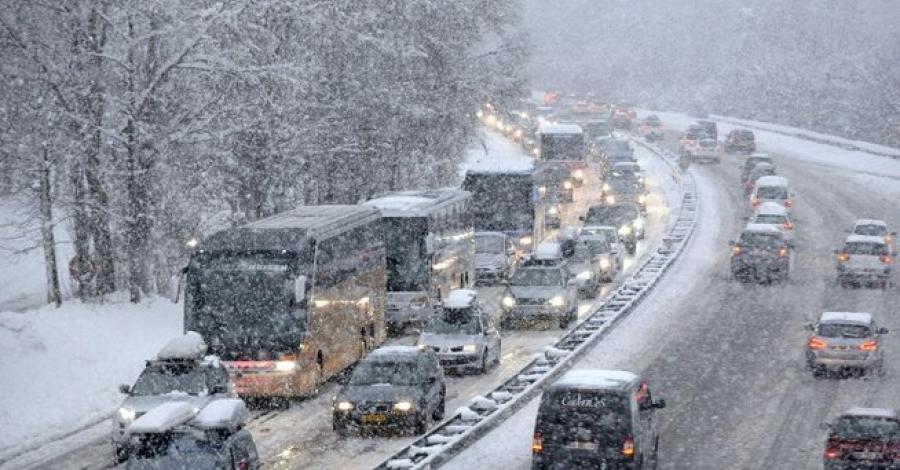Driving a heavy-tonnage vehicle, especially when transporting delicate materials, is always a primary challenge. However, this task takes on a radically different and more demanding dimension on the roads of Spain and Europe when winter unleashes its repertoire of adversities: torrential rains, treacherous ice, and snowfall that transform asphalt into a potentially dangerous surface.
For the seasoned driver, the confidence gained in normal conditions must give way to an attitude of maximum caution and meticulous preparation. The challenge ceases to be simply reaching the destination and becomes a constant test of skill, anticipation, and risk management, where a miscalculation can have serious consequences not only for the cargo but also for the safety of the driver themselves and other road users.
The nature of these winter risks is multiple and especially treacherous for heavy vehicles. Icy roads, often invisible as “black ice,” practically eliminate traction, drastically affecting stability and exponentially increasing braking distance—a critical factor when handling dozens of tons.
Added to this is the fact that extreme cold affects the truck’s performance itself: brake systems can be compromised, tires lose pressure and flexibility, and batteries struggle to start the engine. A breakdown in the middle of a snowstorm or at sub-zero temperatures is not just a logistical inconvenience but an emergency situation that isolates the driver and endangers the integrity of valuable or perishable cargo.
Faced with this scenario, exhaustive planning stands as the first and most crucial line of defense. It is no longer enough to know the shortest route; it is now imperative to consult real-time weather forecasts, check the status of mountain roads and passes, and always have an alternative route ready. Simultaneously, equipping the truck becomes a necessity, not an option. Winter tires, designed to maintain traction in the cold, and chains, essential in snowy areas, are as vital as the fuel itself. An emergency kit including blankets, food, and communication systems becomes a lifeline in case of becoming stranded.
The cargo itself, especially if delicate, demands redoubled attention. Impeccable securing with high-strength lashings and a perfectly balanced distribution is not just a matter of efficiency but of active safety. Any unwanted movement of the cargo during a turn on a slippery surface can destabilize the vehicle and cause a rollover. Driver training is, therefore, the pillar that supports this entire structure of prevention. Handling a trailer on a snowy slope requires specific techniques—such as using the engine brake and avoiding sudden movements—that only training and experience can provide.
Ultimately, the significance of driving a heavy vehicle in winter in Europe goes beyond individual feat. It is a highly complex logistical exercise that integrates technology, foresight, and a dose of respect for the force of nature. Constant communication via GPS and the possibility of reducing manual handling with automated equipment at loading and unloading points complement this strategy. In a context where the supply chain is critical for the economy, the ability of drivers and companies to adapt and overcome these winter challenges is not only a display of professionalism but a key element to ensure that, even with climatic adversity, operations do not grind to a halt.
Have any thoughts?
Share your reaction or leave a quick response — we’d love to hear what you think!





